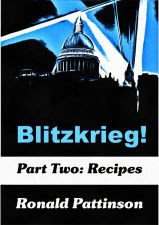What was this later Scottish style like? Extremely watery for the period. With a gravity of just 1030º. Binnie’s example also isn’t very well attenuated, leaving it under 2.5% ABV. Something for the kiddies, really. It was always parti-gyled with 140/-.
There’s not a great deal to the recipe. Just pale malt and an unspecified type of sugar. I’ve guessed – as I usually do – for No. 2 invert. But it could have been another type of invert or even raw cane sugar.
Three types of hops were employed: Kent, American and Bavarian. With no vintage specified.
My guess is that this was exclusively sold in bottled form.
| 1903 Binnie Table Beer | ||
| pale malt | 6.50 lb | 96.30% |
| No. 2 invert sugar | 0.25 lb | 3.70% |
| Cluster 90 min | 0.50 oz | |
| Hallertau 60 min | 0.50 oz | |
| Fuggles 30 min | 0.50 oz | |
| OG | 1030 | |
| FG | 1012 | |
| ABV | 2.38 | |
| Apparent attenuation | 60.00% | |
| IBU | 25 | |
| SRM | 4 | |
| Mash at | 152º F | |
| Sparge at | 170º F | |
| Boil time | 90 minutes | |
| pitching temp | 64º F | |
| Yeast | WLP028 Edinburgh Ale | |












































































1 comment:
Or adults who wanted to be a bit more sober.
Oscar
Post a Comment